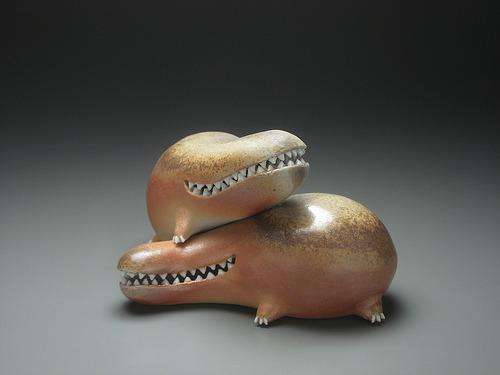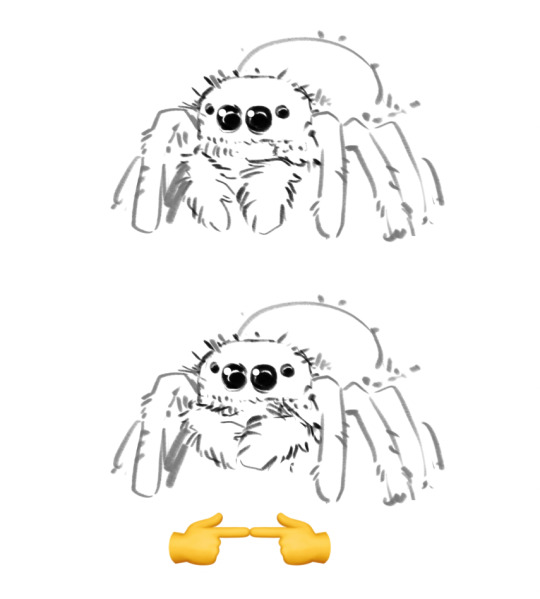Text
hey americans there is a recall on testosterone gel because they found benzene in it! please check the lot numbers on your batches, benzene is really not something you want to be rubbing into your skin, also you might be eligible for compensation because this is just insane what the fuck


more on this page:
45K notes
·
View notes
Text

Oriental Bay Owl (Phodilus badius), family Tytonidae, order Strigiformes, Thailand
photograph by Mathieu Bally
557 notes
·
View notes
Text
EVERYONE SHUT THE FUCK UP SCIENTISTS AT THE SCHMIDT OCEAN INSTITUTE HAVE FOOTAGE OF A LIVE COLOSSAL SQUID FOR THE FIRST TIME EVER !!!!!!!!!!!!!!!!!!!
🦑‼️🦑‼️🦑‼️🦑‼️🦑‼️🦑
100K notes
·
View notes
Text
everyone make sure to set out cheese & crackers for neil tonight <3

120K notes
·
View notes
Text
Normalize having Lifer Wasps: Tetracnemus Edition
Look at this gorgeous weirdo. 🥹 I met her first back in 2022; another appeared today as I was sitting in what used to be a rice field (200 years ago), poking under clumps of grass for creatures.
Encyrtids are fantastic.

flappy flappy flappy
1K notes
·
View notes
Text
Really proud of this one, which is why I will NOT tag it as toxic yaoi even if it's probably accurate.

Out of Control
2 notes
·
View notes
Text

Researchers have discovered a new species of rove beetle that grows a termite puppet on its back to fool real termites into feeding it. The replica is so precise, it even mirrors the termites’ distinct body segments and has three pairs of pseudo-appendages that resemble antennae and legs.
The new beetle species (Austrospirachtha carrijoi)—found beneath the soil in Australia’s Northern Territory—emulates a termite by enlarging its abdomen, a phenomenon known as physogastry. Evolution has reshaped this body part into a highly realistic replica of a termite (as seen above), head and all, which rides on top of the rest of the beetle’s body. The beetle’s real, much smaller head peeks out from beneath its termite disguise, the authors report this month in the journal Zootaxa. The termite “puppet” may help the beetle evade detection—though termites are blind, they sense one another through touch.
Because A. carrijoi’s mouth parts are tiny, the authors think it begs food from its hosts rather than eating eggs or larvae. Worker termites feed other castes digested food in a process called trophallaxis. This adaptation has obvious advantages to the beetle. Once it is inside the nest, it can relax and spend the rest of its life living off of termite room service.
Words by Richard Pallady
328 notes
·
View notes
Text

Walter Street, Takapau, Hawke's Bay, New Zealand.
46K notes
·
View notes
Text
NASA released the clearest pictures yet of our neighbours in the solar system







Oh and of course us

Honourable mention

79K notes
·
View notes
Audio
in case you ever wanted to know what mambo number 5 sounds like with all the instruments (including the drums) replaced with bike horns
406K notes
·
View notes














